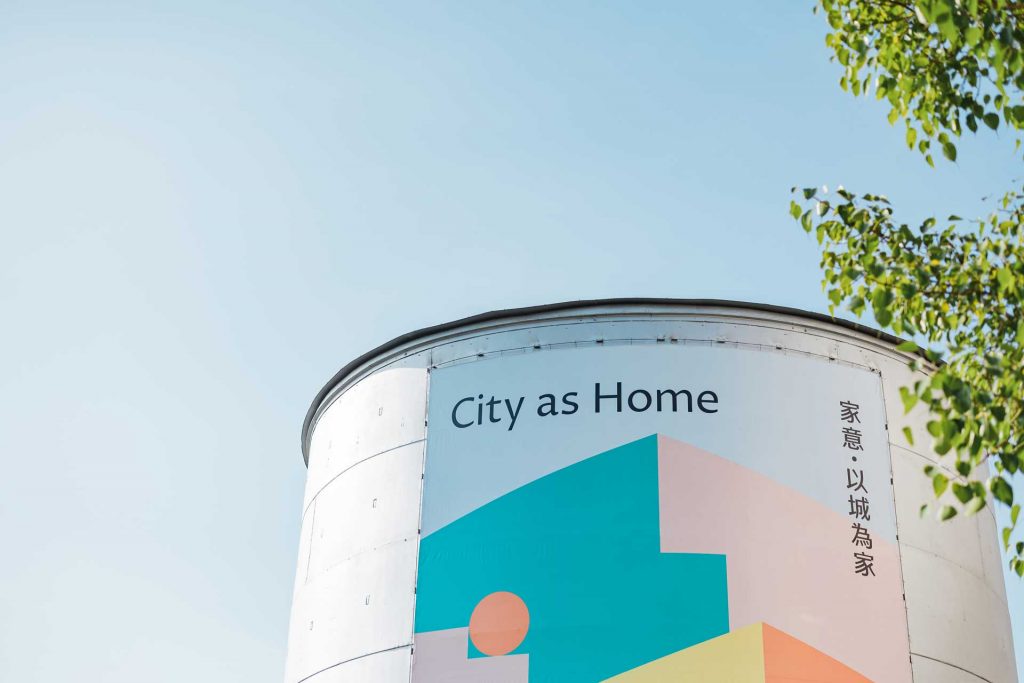 Caption: 2021 Taiwan Design Expo (courtesy of Hem HemMedia).
Caption: 2021 Taiwan Design Expo (courtesy of Hem HemMedia).
The 2021 Taiwan Design Expo officiallyopened in Chiayi City on December 23. The three main exhibition areas were inthe Chiayi Culturaland Creative Industries Park, Chiayi Lumber Factory, and Chiayi Old Prison, all century-old culturalmonuments, and extended to the century-old Chiayi Park, providing a total of 13exhibition galleries. Inspired by the Taiwan Design Expo, the simple ancientJhuluo City showcased Taiwan’s innate energy in stunning designs. In just overten days, the exhibition attracted as many as 2.18 million visitors, settingfive records in the history of Taiwan Design Expo: 1. The most local curators;2. The most display of local content; 3. The first time to curate in a prison /temple / art museum; 4. The most exhibition galleries; and 5. The mostparticipation by central ministries.
Respecting the local culture and forming aprofessional team
Looking back at the planning processin the design expo, the Chiayi City Government’s Cultural Affairs Bureau, whichwas the main responsible unit, took into consideration the scale of itsorganization and curating experience, and established an outsourcedprofessional construction management (PCM). The bureau formed a collaborativeteam with the Taiwan Living Arts Foundation and the Taiwan Institute ofEconomic Research to help the city government with the overall planning in fourmajor tasks: exhibition positioning, exhibition content, marketing promotion,and administrative coordination. The project was personally supervised byChiayi Mayor Huang Min-hui, with Secretary-General Chen Yung-Feng of the citygovernment as the chief commander; Director Lu Yi-Chun of the Cultural AffairsBureau as chief curator; Director Chen Kuo-Cheng of C-LAB as general director;and Kung Shu-Chang, Hugh Hu, Chen Cheng-Che, Lo Yu-Fen, and Liu Chen-Jungassisting as an interdisciplinary team of consultants. In collaboration withthe Taiwan Design Research Institute, the team promoted the execution ofexhibition tasks.
Field positioning design and harmony to turn limitations into advantages
This is not only the first time for Chiayi City to organize a designexpo; it is also the first time for Changhua, Yunlin, and Chiayi counties. TheCultural Affairs Bureau and the PCM adopted a consensus meeting and industrysurvey for the project. At the same time, the first Chiayi Creative Hubestablished a cultural and creative industry counseling office in Chiayi Cityto gain an in-depth understanding of industry trends, offer a long-termplatform for local voices, gather various resources for providing counselingand consultation, and plan a design expo that belongs to Chiayi residents ofall ages to share the future of the city.
In alignment with the design expo’s call to “introduce design into urbangovernance”, the context of municipal development was incorporated, and theoverall structural tiers of the expo were sorted out. In addition, the themeand content of the expo were also set according to the spatial features of theexhibition galleries. Given the lack of large-scale exhibition space in theurban area, the expo was laid out in the form of a ribbon cluster to draw thecrowd into the neighborhoods. In this way, visitors can meet the power of old houses and revitalizeold buildings such as the Chiayi Old Prison that the Cultural Affairs Bureauhas been promoting and discover wonderful corners of Chiayi where the old andnew fuse.
The three majorexhibition areas in this design expo mainly began at the Cultural and Creative Industries Park, including the train station, Chiayi Art Museum, and the Vision Station. Based on the theme of “Tomorrow’sVision”, the momentum of the exhibit designs expounded the past, present andfuture of Chiayi City’s humanities, politics, economy. The middle section ofthe exhibition was centered around the Chiayi Lumber Factory area, includingthe Chiayi Garage Park, the Chiayi Municipal Museum, and the Hinoki Village.Based on the theme of “Industrial Reconstruction”, the exhibits examined Chiayi’sforestry and timber industry, ranging from transportation, industry andcraftsmanship, and recent achievements in the revitalization of the woodindustry. The final section of the exhibition was located in the Chiayi Old Prison and its dormitory complex, and thetwo-hundred-year-old Chiayi Park. Based on the blueprint of City Rebirth, theexhibits depicted the great innovations of a small city, from historical scenesof prison administration to the fusion of placemaking.
After anchoring the main exhibition areas, the exhibition activitieswere spread outside the confines of the framework and deep into communities inorder to extend the effects of the expo. For example, thewell-known Cheng Huang Temple and Di-Zang Temple, and the Freshin East Market, an activity held by the local independent private youth group,were included to bring the expo into the market and temples so as to attractvisitors into the ordinary lives of the people.
Tapping into the local spirit and gathering diverse creativity
The Cultural Affairs Bureau and PCM also decided to break away fromtradition and devised various mechanisms to invite young designers to return totheir hometowns and recruit original creative teams from Chiayi. For example, the Field School, which is deeply involved in localcultural activities, and Concentric Design, which focuses on drawing venturesto southern Taiwan, helped to extend the positive effect of the CulturalAffairs Bureau’s Free Chiayi Old Prison promotion in 2020. Once again adopting eco-sustainability in materialuse, they turned the shut-down old prison into a magical reality – the JailHostel. From the forestry industry to the wood industry, designers are alsomatched with traditional crafts and industries to open the future industrialmomentum of the ONE WOOD 2.0 project.
In addition, new creative Chiayi stars who have migrated to northernTaiwan were discovered. They boldly accepted the challenge of the newgeneration Ordinary Editorial Room to constructheart-warming stories of hometown memories, people, and food of the Just RightCity through written words. In the stunning City Aesthetics Gallery in the expo, which adhered to alow-key design that respects traditional beliefs and religious culture,Elephant Design led people from all walks of life to look down low and up highto explore all kinds of classical designs behind the incense smoke, thusrevealing the exquisite and delicate side of the young generation.
With Taiwan Designers’ Web at the helm, the Art Museum led six designteams to introduce speculative design, industrial design, and universal designinto the Beneath the Surface contemporary art as a discussion of public spacesin a city. The Timberized Chiayi: A Special Exhibitionon Modern Wooden Architecture at the Municipal Museum was jointlyimplemented by the Taiwan University of Science and Technology and a team ofarchitects. They presented the knowledge and trends in new wooden architectureto led people from all walks of life to explore the sustainability of woodenarchitecture and new models of wooden cities around the world.
To attract visitors into the neighborhood, Our Theatre and HorizonMultimedia were also commissioned to perform the Street Performance at ChiayiCity, a series of performances based on local living circles. Coupled with minicultural tours, tour guides led visitors to explore all kinds of hiddeninterests in the city alleys.
With urban revitalization as starting point to create the local design
The 2021 Taiwan Design Expo showcasedthe unique design creativity of Chiayi City and conveyed a variety ofphilosophies. The first was respecting local culture and diverse aesthetics:In historical sites such as the Chiayi Old Prison, City God Temple and Di-Zang Temple, instead of using subtractive aesthetics, culture and the common memoriesof the ordinary people are respected. Through temporary construction and aideddesign methods, the public is helped to understand the multiple aspects ofaesthetics. The second was breaking through boundaries and encouragingcross-domain innovation: Architecture, art, museology, literature andhistory research, text editing, performing arts, and even local catering andcooking teams were invited to participate in the expo so that cross-domaintalents and professionals can boost the creation of a local curation, andsubsequently spread the seeds of industrial design innovation.
Multiple discourses on city design to lay the foundation for TaiwanDesign Expo 3.0
In striving towards the 19th Taiwan Design Expo, exhibitionshave gradually spread from professional designs to exhibitions on buildingurban brands under the tourism promotion by local governments in recent years.The central government has encouraged local governments to invest budgets toimprove space facilities and use expos to attract teams from all parties tocollaborate in urban marketing. Previous local government hosts have givenbirth to the methodology of planning and organizing design expos. For example,Chiayi City’s entrusting PCM for professional assistance in this expo, orHsinchu City’s adoption of a turnkey contract with a single vendor haveprovided a comprehensive overview of topics in exhibition research.
Through clever integration of the old and the new generations in thedesign expo, Chiayi City, an ancient city built in the Qing Dynasty, hasdemonstrated the content of a livable city and laid a solid foundation for urbandesign. It has also created a model for Taiwan Design Expo 3.0.
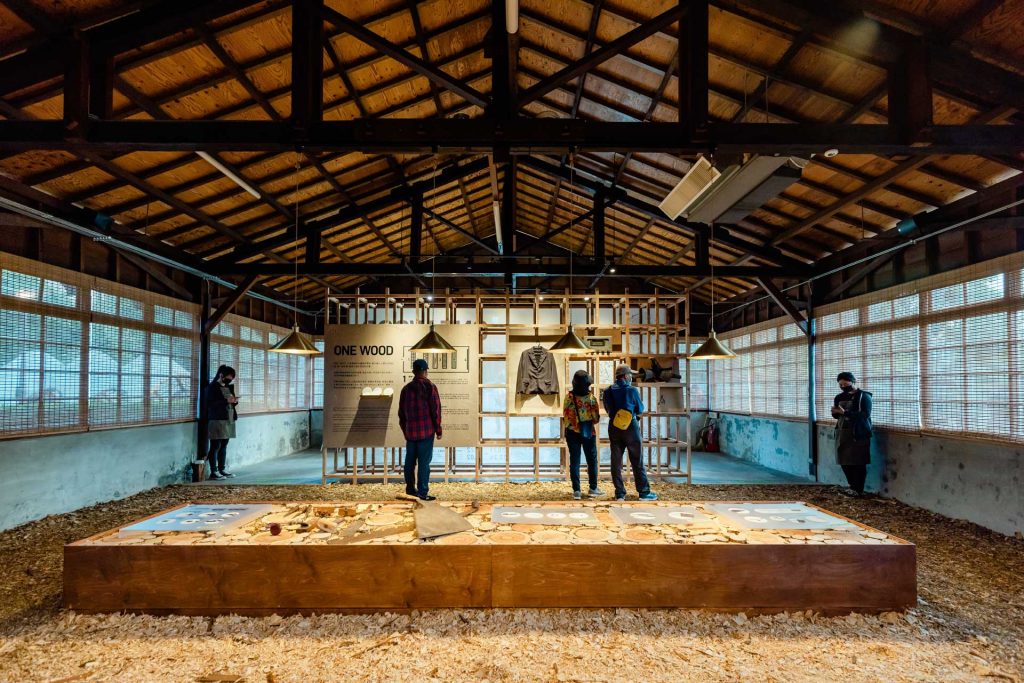
Caption: ONE WOOD (Courtesy of Hem Hem Media).
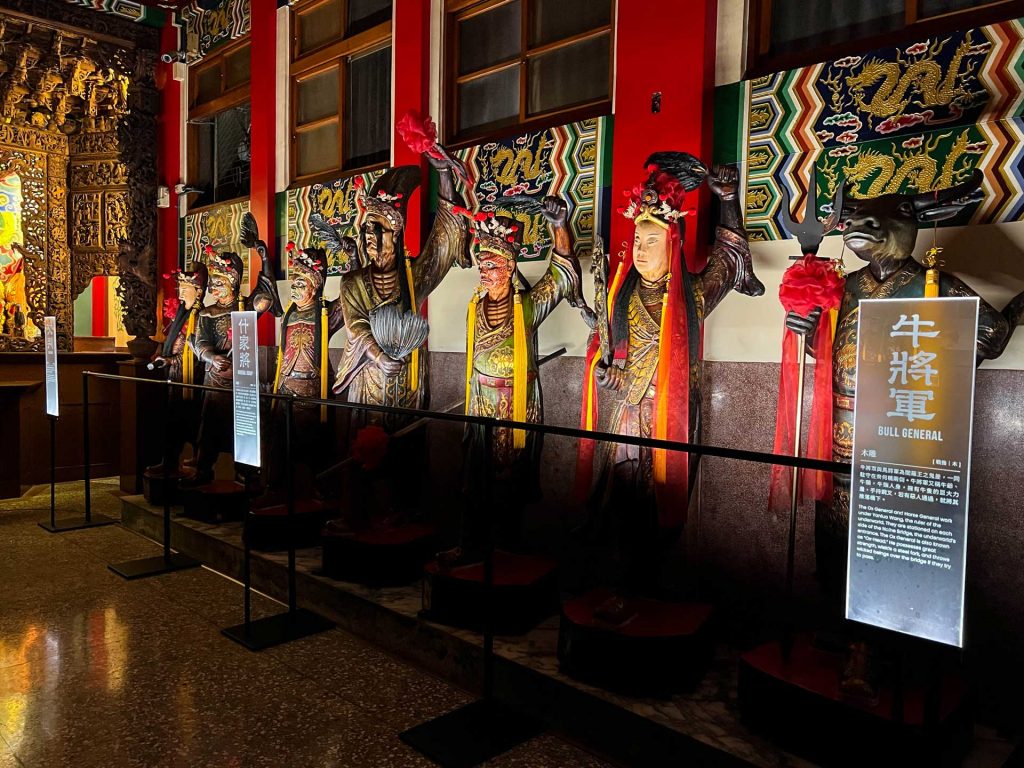 Caption: First ever Temple Exhibition in the Taiwan Design Expo – the Di-ZangTemple of Jiuhua Mountain in the City Aesthetics Gallery (Courtesy of ElephantDesign).
Caption: First ever Temple Exhibition in the Taiwan Design Expo – the Di-ZangTemple of Jiuhua Mountain in the City Aesthetics Gallery (Courtesy of ElephantDesign).
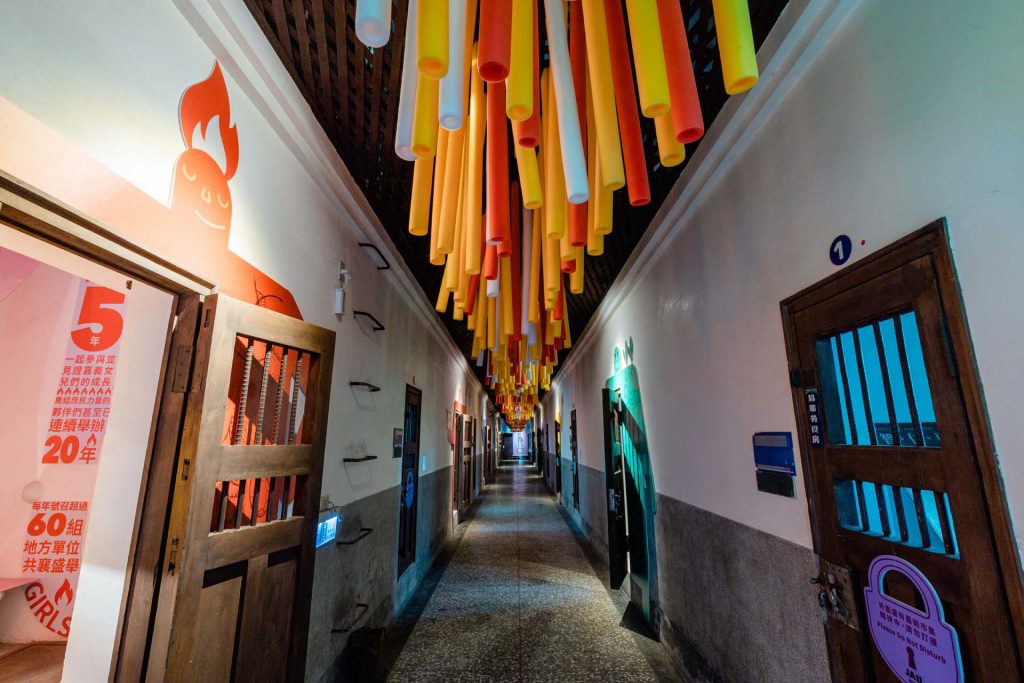 Caption: Jail Hostel (Courtesy of Hem Hem Media).
Caption: Jail Hostel (Courtesy of Hem Hem Media).
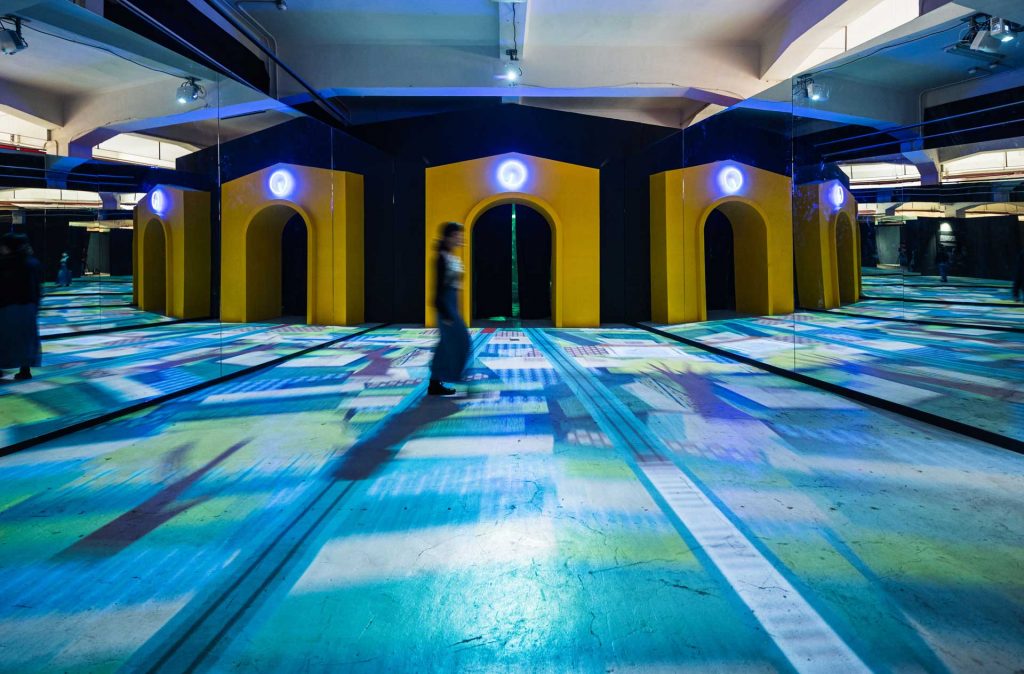 Caption: Just Right City (Courtesy ofYanfu Image Studio).
Caption: Just Right City (Courtesy ofYanfu Image Studio).
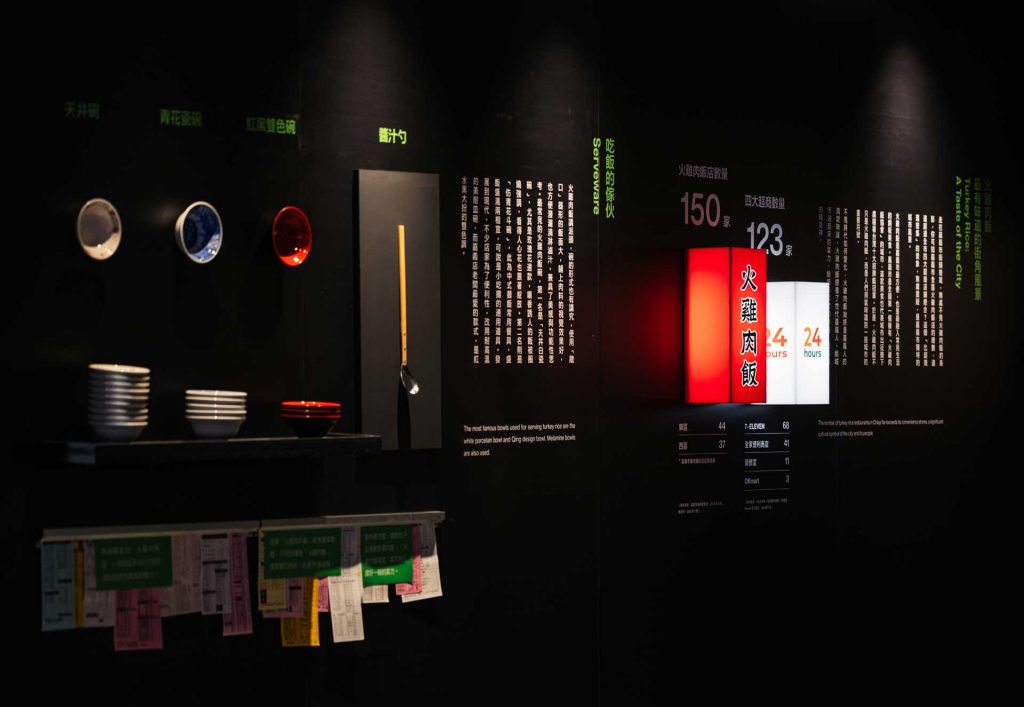 Caption: Just Right City (Courtesy of Yanfu ImageStudio).
Caption: Just Right City (Courtesy of Yanfu ImageStudio).
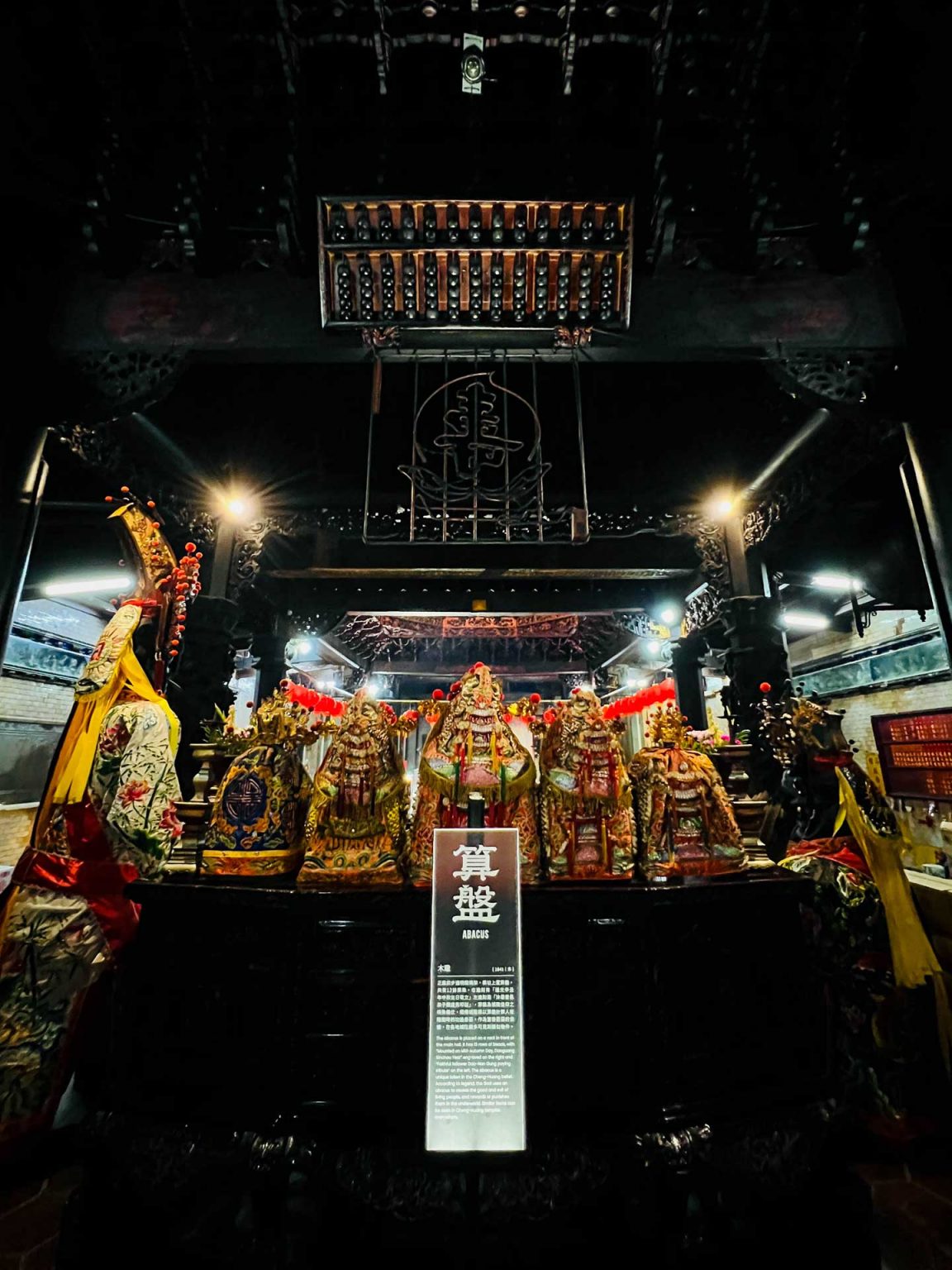 Caption: First ever Temple Exhibition in the Taiwan Design Expo – theChiayi Cheng Huang Temple in the City Aesthetics Gallery (Courtesy of ElephantDesign).
Caption: First ever Temple Exhibition in the Taiwan Design Expo – theChiayi Cheng Huang Temple in the City Aesthetics Gallery (Courtesy of ElephantDesign).
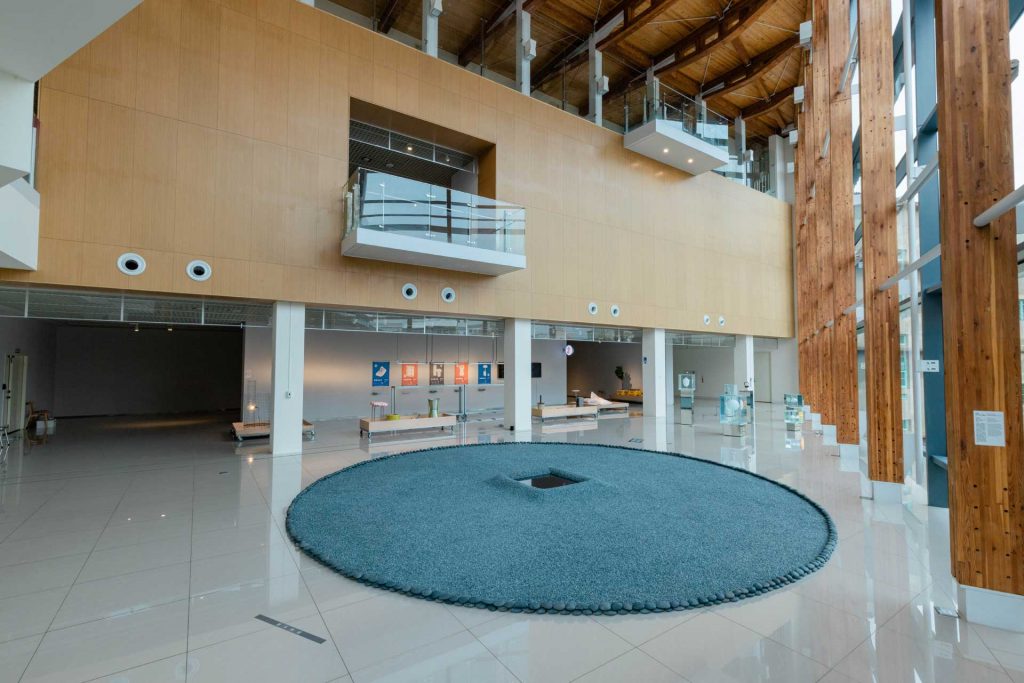 Caption: Chiayi Art Museum - Beneath the Surface. (Courtesy of TaiwanDesigners’ Web Studio; Photo by Hem Hem Media).
Caption: Chiayi Art Museum - Beneath the Surface. (Courtesy of TaiwanDesigners’ Web Studio; Photo by Hem Hem Media).

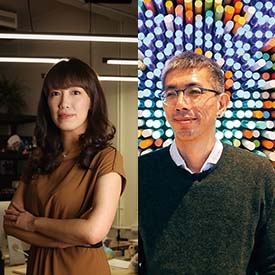

 Caption: ONE WOOD (Courtesy of Hem Hem Media).
Caption: ONE WOOD (Courtesy of Hem Hem Media).
 Caption: Jail Hostel (Courtesy of Hem Hem Media).
Caption: Jail Hostel (Courtesy of Hem Hem Media). Caption: Just Right City (Courtesy ofYanfu Image Studio).
Caption: Just Right City (Courtesy ofYanfu Image Studio). Caption: Just Right City (Courtesy of Yanfu ImageStudio).
Caption: Just Right City (Courtesy of Yanfu ImageStudio).
